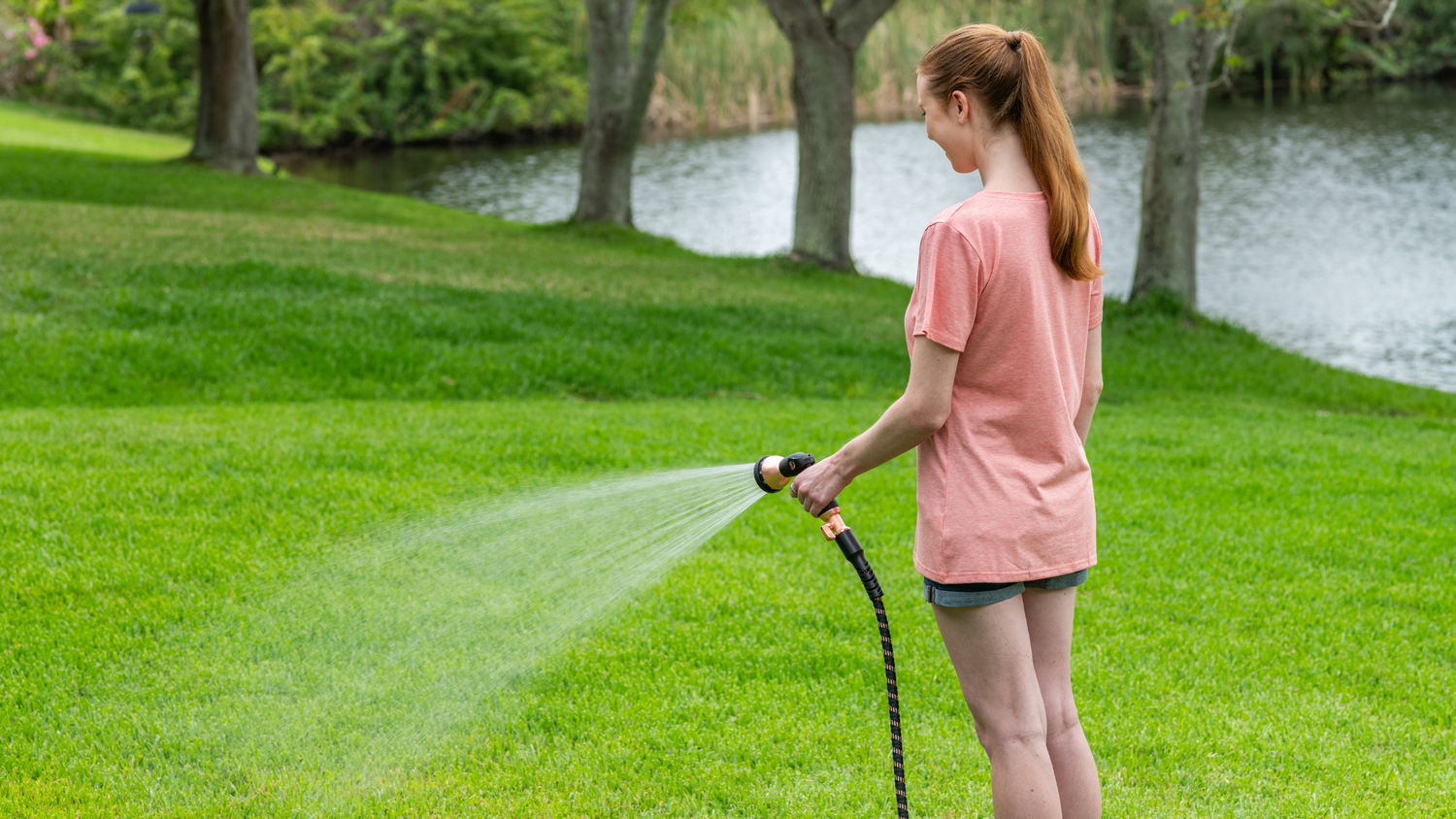Gardening is not merely a hobby; it's a form of tranquil meditation for many, an interaction with nature that offers a refreshing break from our busy lives. However, garden safety, specifically hose safety, is often overlooked amidst the blooming flowers and lush greenery. The risk of trips and falls in the garden due to improperly managed hoses is real and can lead to severe injuries. In this comprehensive guide, we'll explore the essentials of hose safety, offering tips, tools, and techniques to ensure a safe and enjoyable gardening experience.
Understanding the Risks in Your Green Sanctuary
Before diving into prevention strategies, it's essential to acknowledge that the garden, as peaceful as it may be, is laden with potential hazards. Unsecured hoses rank highly among these as a common culprit for trips and falls. These accidents can cause a range of injuries, from minor scrapes to severe fractures, especially among the elderly. The importance of implementing safe hose practices cannot be stressed enough to maintain your garden as the serene escape it's meant to be.
The Foundation of Hose Safety: Best Practices
1. Select the Right Hose
Before even unraveling a hose, selecting the right one for your needs is pivotal. Hose safety starts with choosing a long enough hose to reach your entire garden without stretching but not so long that it becomes a snare. Opt for hoses with visible colors contrasting against your garden pathway, making them more noticeable to prevent tripping hazards.
2. Proper Hose Storage
How you store your hose when it's not in use is critical. Invest in a hose reel, hose hanger, or hose pot to maintain organization and tidiness. These storage solutions facilitate quick unwinding and rewinding of the hose and keep it off the ground when not used, thereby minimizing the risk of someone tripping over it.
3. Clear Pathways
Regularly inspect and maintain clear garden pathways. Remove debris and tools and, importantly, ensure that hoses are not laid across paths where people walk. After using the hose, take a moment to put it back in its rightful place, maintaining a practice of immediate storage to prevent future accidents.
4. Maintenance Matters
Regularly check your hose for leaks, cracks, or other signs of wear and tear. A damaged hose can not only be a safety hazard but can also hinder proper garden maintenance. Leaks can create unexpected water puddles, turning your garden paths into slippery accident sites.
5. Educate Your Family
If you have children, elderly family members, or frequent guests in your garden, take the time to educate them on the importance of hose safety. Encourage everyone to be mindful of the placement of the hose and the potential risks associated with negligence.
Tools and Equipment for Ensuring Garden Safety
Beyond safe practices, various tools can aid in avoiding trips and falls caused by garden hoses. Here are a few that are worth considering:
- Automatic Hose Reels: These wonders can automatically retract the hose with the push of a button, reducing the labor involved and ensuring prompt storage.
- Hose Guides: Place these along the edges of your garden beds to guide the hose and prevent it from damaging plants or becoming a hazard in the walkway.
- Quality Nozzles and Connectors: Investing in high-quality nozzles with a shut-off valve and reliable connectors can prevent the hose from becoming a high-pressure hazard or creating unexpected water splashes that could lead to slips.
- Signage: If you have a more extensive garden with frequent visitors, consider placing friendly reminder signs about watching one's step and being aware of hose placement.
Creating a Safe Garden Walk
Making your garden pathways safe is about more than just hose management. Here are some additional steps you can take to prevent falls:
- Ensure that pathways are level and even. Fill in holes and remove or flatten any large roots that might cause an uneven walking surface.
- Use nonslip materials for your paths – brick, gravel, or stepping stones – and maintain them regularly.
- Install sufficient lighting around pathways for safe navigation during dusk or nighttime.
Preventing Accidents: Your Role in Ensuring Garden Safety
It’s crucial to understand that hose safety is not just an individual concern; it's a shared responsibility. From manufacturers designing safer garden equipment to homeowners implementing preventative practices, everyone has a part to play. Local community centers might offer classes or workshops on hose safety or general garden safety, and sharing knowledge on this topic can be beneficial for all.
Final Thoughts: The Heart of Garden Safety Lies in Mindfulness
In summary, hose safety in the garden is fundamental to preventing accidents and ensuring a safe environment for yourself and others. We can safeguard our green sanctuaries by carefully selecting hoses, diligent maintenance, proper storage and tools, and educating those who share the garden. It requires mindfulness and a consistent effort, but the rewards—a beautiful, flourishing, and secure garden—are beyond measure. By embracing safe hose practices, we can continue to enjoy the peace and fulfillment gardening brings into our lives, free from the concern of preventable accidents.
Remember, your garden should be a source of joy, so do not worry. Let hose safety be the soil where safe and happy gardening experiences grow.






Leave a comment
This site is protected by hCaptcha and the hCaptcha Privacy Policy and Terms of Service apply.